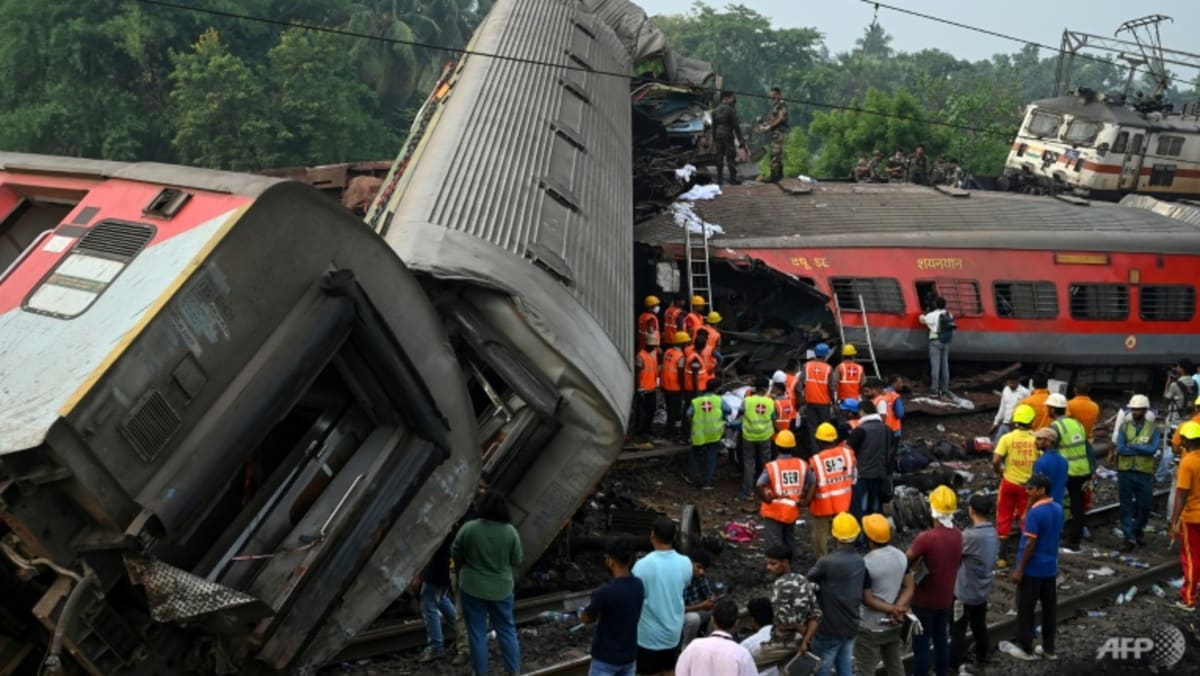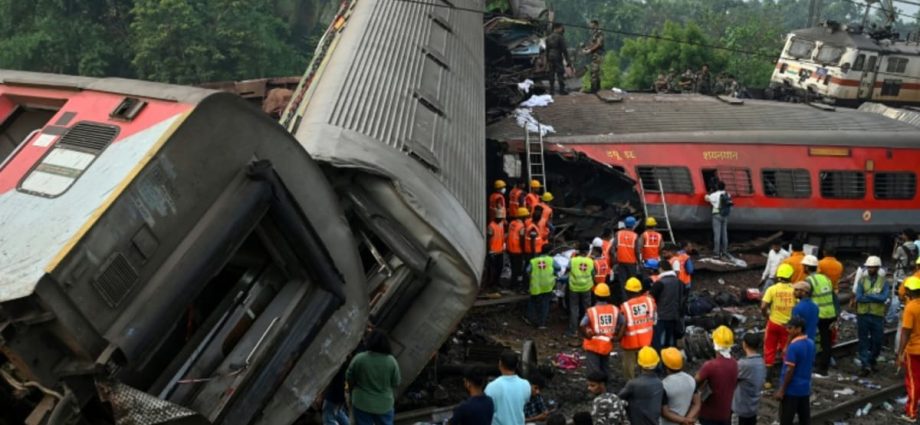
India’s worst crash was in 1981, when an overcrowded passenger train plunged into a river during a cyclone in Bihar state, killing about 800 people.
WHAT IS INDIA’S SAFETY RECORD
India has launched a US$30 billion railway infrastructure modernisation in a bid to boost the economy and connectivity, and Vaishnaw said last month tracks were being “upgraded very rapidly”.
In 2022, India built 5,200km of new tracks, and upgraded or replaced about another 7,500km to 8,000km, Vaishnaw said.
But analysts say that while accidents have reduced over time, India’s antiquated rail system still has a long way to go.
An average of 20,000 people died each year between 2017 and 2021 in rail accidents – collisions, derailments and other causes – according to official records.
A report by the Comptroller and Auditor General of India, the country’s top audit authority, said derailment was the reason for 69 per cent of the accidents.
Defective tracks, poor maintenance and old signalling kit combined with human error were the main cause, it said.
Indian Railways, the world’s fourth-largest rail network, runs about 14,000 trains daily with 8,000 locomotives over a vast system of tracks about 64,000km long.
The trains carry more than 21 million people each day.

